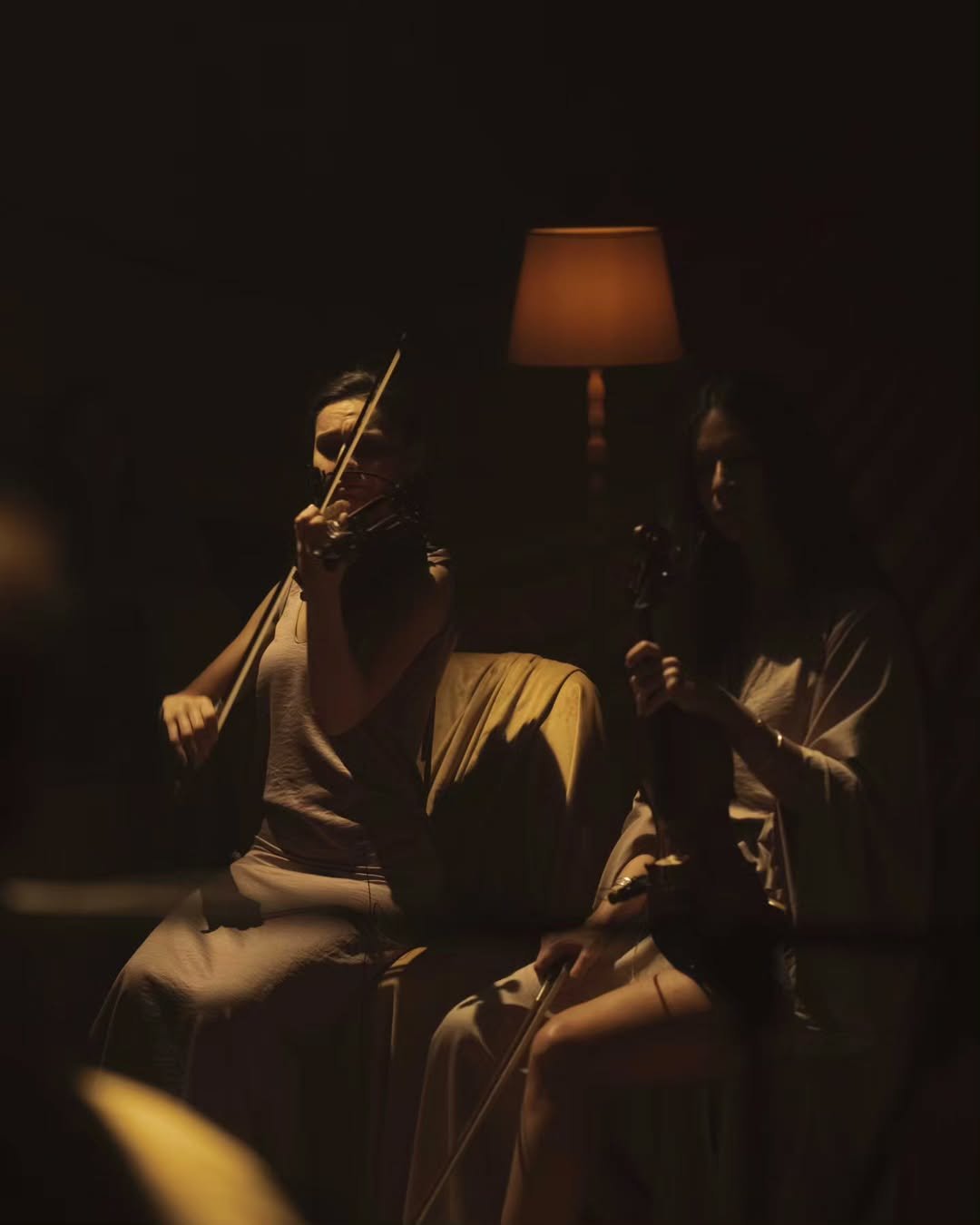These 4 questions to ask when buying a light fixture can help you make better choices—ones that do more than just light up a room, but actually create atmosphere. Lighting in our homes isn’t just a practical detail. It’s part of our well-being, part of how we feel at home—relaxed and at peace. And yet, it remains one of the most overlooked aspects of interior design.
1. Am I looking for a decorative fixture that becomes a focal point of the room, or a discreet one with practical functionality?
One of the most common mistakes is choosing a single, large central fixture to light an entire room. It’s an outdated approach—and honestly, tiring for both the eyes and the soul.
Instead of a single dominant fixture in the middle of the ceiling, we recommend multiple light sources distributed throughout the room—perhaps a floor lamp in the reading corner, a pendant light above the table, a discreet spotlight on the bookshelf. Layered lighting is what creates a warm and welcoming atmosphere.
And the light fixture doesn’t need to be designer-made to be effective. Sometimes, the most understated ones work best—they don’t draw too much attention, they don’t overpower the space—they simply soften it.

2. Will the bulb bother me? Is it hidden or does it shine directly into my eyes?
This is a key aspect often ignored. A beautiful fixture can quickly become annoying if the bulb is exposed and creates glare. Try to choose fixtures where the light source is shielded—whether it’s hidden behind a diffuser, embedded in the design, or directed toward a wall or ceiling. Soft, indirect lighting is far more comfortable for everyday use and contributes to a calmer atmosphere.
If you’re tempted by a decorative fixture that leaves the bulb completely exposed, think again. A direct, unfiltered light source can be tiring—or even irritating—especially in the evening. Ideally, the bulb should be hidden or diffused through a matte, textile, or opal material that softens the light and makes it gentler.
A recommendation we love: the Lampan table lamp from IKEA. It’s simple, inexpensive, yet extremely effective. It fully covers the bulb, spreads a soothing light with no harsh shadows and no glare. A perfect example that you don’t need a big budget for pleasant lighting.
3. Can I adjust the color temperature and hue? Or am I stuck in a single atmosphere?
A key point: the right light isn’t the same throughout the day. In the morning we need something more energizing; in the evening, it’s time to relax. So, a fixture that lets you adjust the color temperature is pure gold.
Ideally, the color temperature should range between 2800K (warm light) and a maximum of 4000K (neutral light). „Neutral” light is actually a cool light—misleadingly named—so it’s best used in moderation, during times of activity, like working or cleaning. Warm light, on the other hand, helps you unwind, creates intimacy, and is perfect for winding down in the evening.
If you can, go for smart or RGB bulbs that let you adjust both the color and the intensity. You’ll always be in control of the mood without needing to change anything physically in the room.
4. Is it easy to replace, maintain, and adapt over time?
A light fixture shouldn’t be complicated. Often we fall for spectacular designs that become a nightmare when it’s time to change the bulb or dust the shade. Choose a practical, accessible fixture that lets you easily replace the light source or adapt it if, down the road, you want to switch to smart bulbs.
Also check whether it’s compatible with standard LED bulbs, if it supports dimming, and whether it can be installed without a specialized electrician. Daily life is complicated enough—lighting shouldn’t add to it.
In conclusion
The best light fixture is the one that makes you feel good. Remember these 4 questions to ask when buying a light fixture, skip the oversized central piece, and think in multiple layers. Choose light sources that are discreet but effective, that don’t strain your eyes, and that help you create mood—not just illumination.

